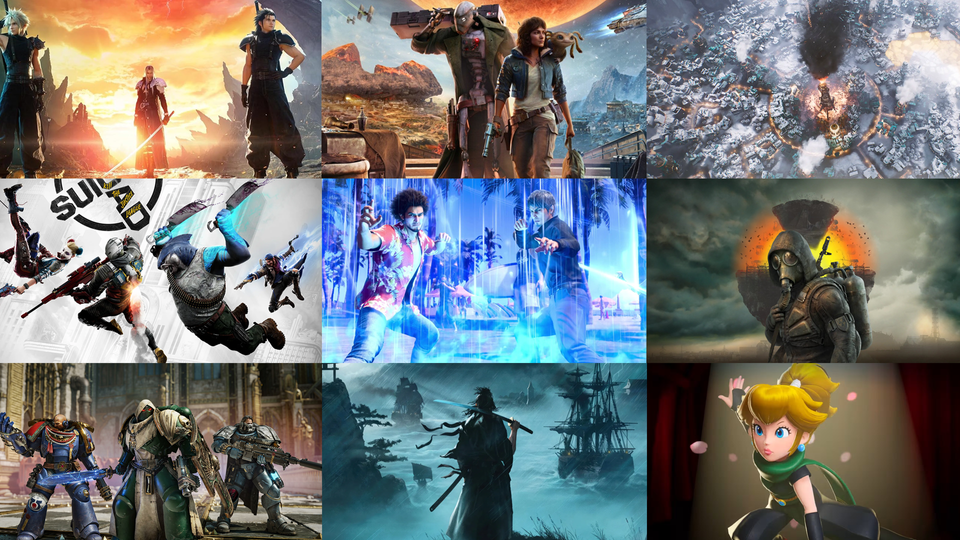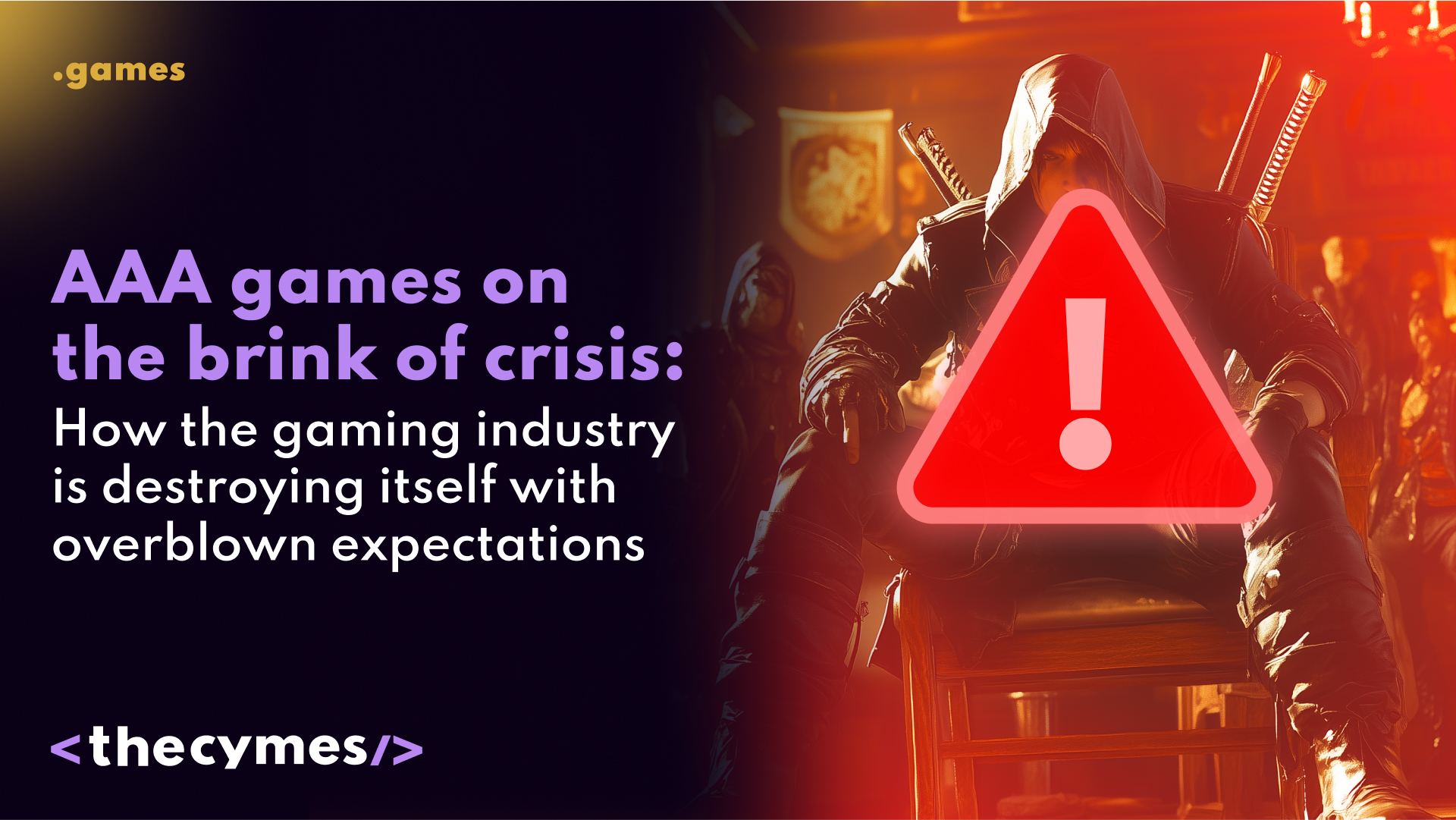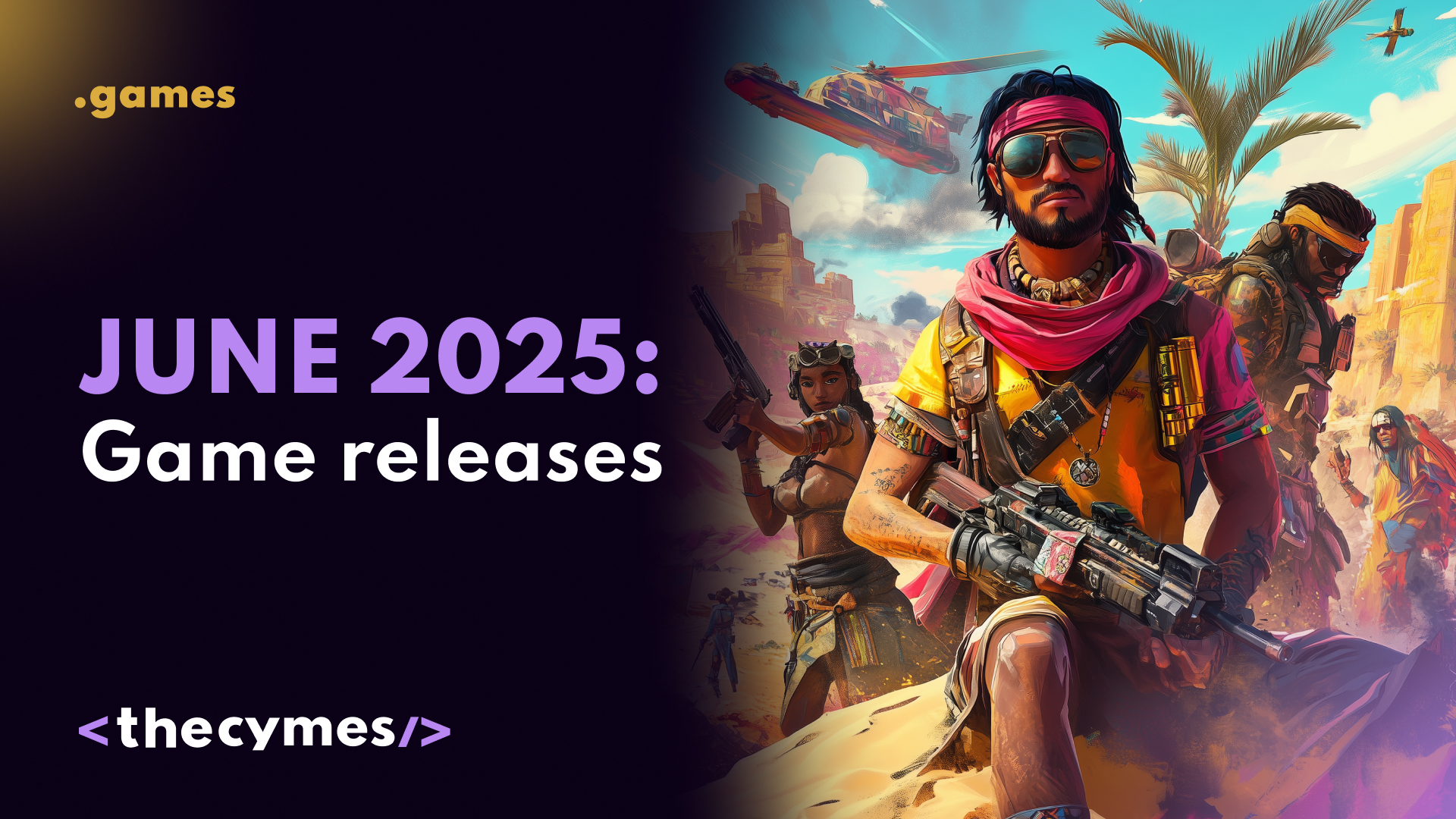Table of Content
AAA games on the brink of crisis: How the gaming industry is destroying itself with overblown expectations
/>Explore the crisis facing AAA games as the gaming industry grapples with inflated expectations and production challenges. Discover how rising costs, burnout, and a lack of innovation are eroding player trust, while indie games offer fresh alternatives. Learn how the industry can adapt to regain confidence and deliver unique, quality experiences.That moment when a "Coming soon" GIF excites more than the game itself
We all love AAA games. They are beautiful, loud, and expensive. Such projects create stars, elevate storytelling to an art form, and energize trailers at presentations like new Marvel movies.
But there’s a catch. Each year, we expect AAA games more than they deserve. And when they finally release, excitement often turns to disappointment. It becomes increasingly difficult to reconcile budgets, graphics, gameplay, expectations, and reality.
Inflated expectations: Media, hype, and FOMO
AAA games are no longer just games. They are events. Social media buzzes with trailers, and YouTubers analyze announcements even when the video shows just a logo. Show a beautiful cosmic night and ray-traced rocks. That's it, we expect a potential Game Oscar.
Problems with hype
With each new announcement, a wave of anticipation is created that often bears little resemblance to reality. When trailers showcase an idealized version of a game, players begin to form unrealistic expectations that are hard to meet. Often, after release, many promised features are missing, leading to disappointment and anger within the community.
The realities of production: Budgets, labor, and burned-out teams
AAA games cost as much as Hollywood blockbusters. They require hundreds of employees, years of development, and still don’t guarantee profit.
Add to this crunch time, burnout, and teams that abandon ship after release, and you get a production where everyone does everything, but no one guarantees success.

Image by Pexels
Workforce issues
The situation regarding labor in the gaming industry is becoming increasingly concerning. Working hours are increasing while compensation remains stagnant. Developers often face burnout, which not only affects their productivity but also the quality of the final product. Teams that should be creative and inspired end up exhausted and demoralized.
Lack of innovation
Instead of experimenting and implementing new ideas, studios often prefer to follow tried-and-true formulas. This leads to games that feel like repeats of familiar concepts. Players begin to lose interest in games that don’t offer anything new or exciting. The market becomes saturated with sameness, leading to dissatisfaction.
Consequences for the industry: Player exodus and erosion of trust
With each failed release, trust in AAA games diminishes. Players become more skeptical, and expectations begin to fall. This creates a vicious cycle: less trust leads to fewer sales, and studios inflate their marketing budgets to win back customers.
Impact on indie games
Alongside the crisis in AAA games, there is a growing interest in indie projects. Games from smaller studios often offer original ideas and unique gameplay without massive budgets. They provide an alternative for players tired of disappointments from major releases. These games often focus on creativity and innovation, allowing them to stand out against standard AAA products.
Return to basics
Some developers are beginning to rethink their approach to game creation, focusing on simpler but deeper mechanics. This allows for the creation of an engaging gaming experience without the need for huge budgets and teams.

Image by Pexels
How to exit the crisis?
Rethinking the development approach
The industry must reconsider its approaches to game development. This includes revising timelines, reducing the number of delays, and adequately planning resources. It’s essential to create a more sustainable work environment where developers can work without overload while maintaining their creativity.
Focus on quality, not quantity
Companies should concentrate on producing quality products rather than simply increasing their output. This may mean fewer releases but with greater depth and attention to detail. Players will appreciate this and will be willing to wait if the results live up to expectations.
Openness and transparency
Studios should be more transparent about the development process and the real capabilities of their games. Transparency in communication with players can help rebuild trust and lower expectations. Players are more likely to support projects if they understand how challenging their creation is.

Image by Pexels
The future of AAA games
AAA games are on the brink of crisis, but this also presents an opportunity for change. If the industry can adapt, it can not only regain player trust but also occupy new niches in the market. Reevaluating expectations, improving working conditions for developers, and focusing on quality could be key factors in restoring the popularity and success of AAA games. Players are not just waiting for another game—they want to experience something unique that touches their hearts and minds.
Ultimately, the future of AAA games depends on the industry's willingness to learn from its mistakes and strive for higher standards, both in production and in community engagement. Only in this way can we create games that not only meet expectations but become true masterpieces.




